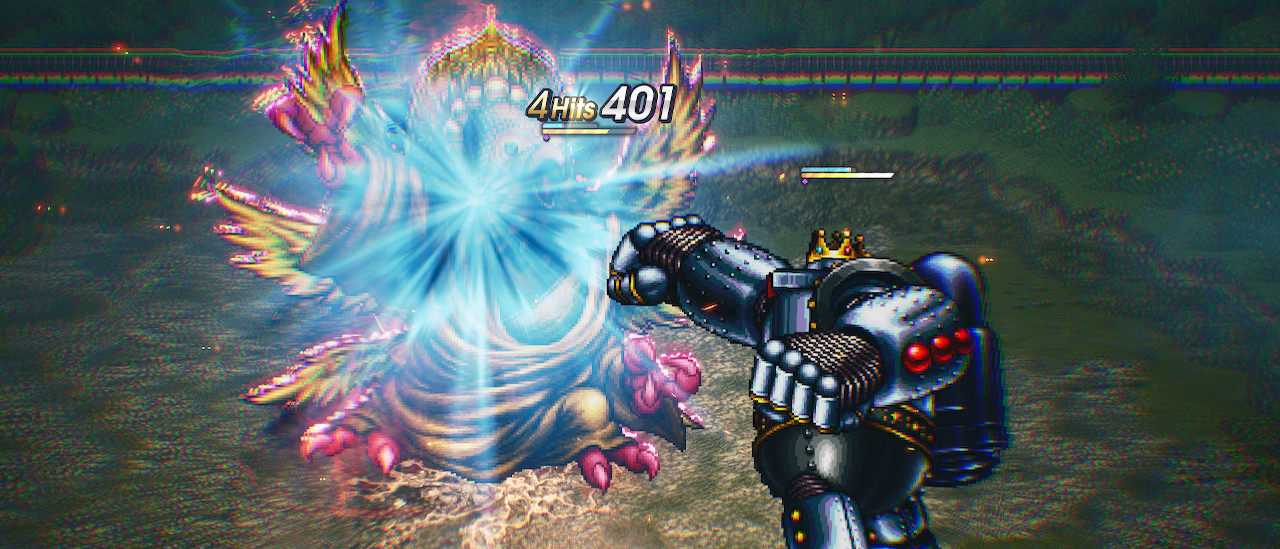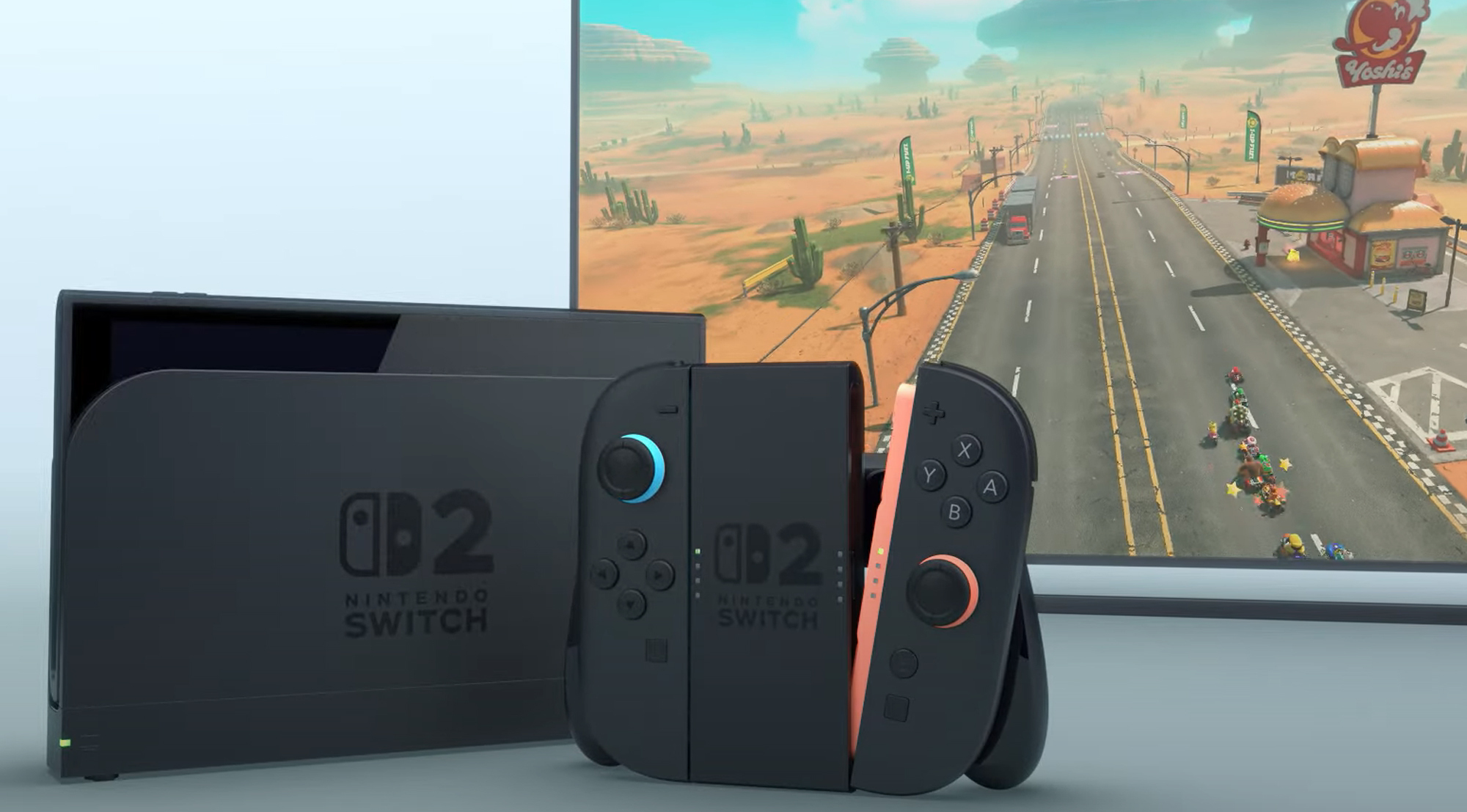Laptop Mag Verdict
Live A Live is an essential JRPG experience that fans of the genre need to experience. Don’t miss out on this wonderful remake.
Pros
- +
Incredible structure
- +
Stunning finale
- +
3D environments are pretty
- +
Gameplay that enhances the narrative
Cons
- -
2D pixel art is okay
- -
Pre-history scenario
Why you can trust Laptop Mag
I’ve had a killer urge to play JRPGs lately — I just finished Octopath Traveler and Ni No Kuni: Wrath of the White Witch. When Live A Live launched, I was anticipating another grind-till-I-die situation. However, I was shocked to discover Live A Live’s short game length. I clocked out at 26 hours, which is paltry compared to the 90+ hours I spent in each aforementioned game. I quickly discovered that Live A Live is not a traditional JRPG.
Live A Live is an experimental adventure game where you get to take the role of seven unique characters all experiencing challenges across time and space. Each tribulation-filled journey is a short story, seemingly disconnected from one another. When you start asking questions, you’ll get no answers, until the narrative is full and ready to come together in an epic culmination.
This is like nothing I’ve ever played before, especially a JRPG. I cannot recommend this game enough; it’s most certainly one of the best Nintendo Switch games to date. I highly recommend going in dark without any expectations — the shock and awe will absolutely knock you off your feet.
JRPG without the RPG — so just J
Live A Live is not your typical JRPG. Honestly, I wouldn’t consider it a role-playing game. There are role-playing elements, such as a leveling system and equipment, but they’re not the cruxes of the game. The game revolves around its narrative, and so the mechanics exclusively serve that narrative. What does that mean?

Well, you have eight distinct characters, but each of their playstyles and mechanics are just a bit different. The core combat, which is a semi-active turn-based system, is relatively unchanged. However, each character has a different gimmick. For example, in the Distant Future arc where you play Cube, there’s only one mandatory combat encounter. Cube’s unique mechanic is a power crowbar, which they can use to pry open doors that lock in their face as they run from the Alien-like creature aboard the ship.
Most of the arcs are relatively short, and don’t necessarily encourage leveling up your character in a traditional sense. Some characters can’t even level up at all. Those that do naturally level up through the encounters they face, but at no point will you find yourself needing to grind or farm for levels. I’ve never had a character go past Lvl 15, which was in the Near Future arc. Ultimately, his levels didn’t matter because the arc’s gimmick relies on the use of a giant robot suit to do all of the fighting.
Everything you pick up or earn should be burned or used by the end of an individual character’s chapter because nothing carries over (until the last chapter). Live A Live treats each character’s arc as a short story or game and concludes them as such — with credits and all. The cool thing about this format is that Square Enix lets you experiment with different ideas.

This kept the gameplay pretty fresh and even served the narrative. For example, in the Wild West arc, you have to manage your time-setting traps with the townsfolk in order to reasonably deal with the boss encounter. In Imperial China, you have to spread out your training to your students to keep them evenly paced with each other, leveling them up through specific exercises. In the Present Day arc, you’re presented with a string of bosses that you have to bait into using their special moves so that you can learn them.
As long as you don’t expect a traditional JRPG, I think you’ll really enjoy Live A Live. The gameplay almost never features a lull where you feel like you’re dragging your feet to get to the next plot point, and that’s because everything happens rather quickly.
However, since the gameplay serves the narrative, there’s a lot of walking back and forth, which can be frustrating because those moments could have easily been solved with a cutscene.
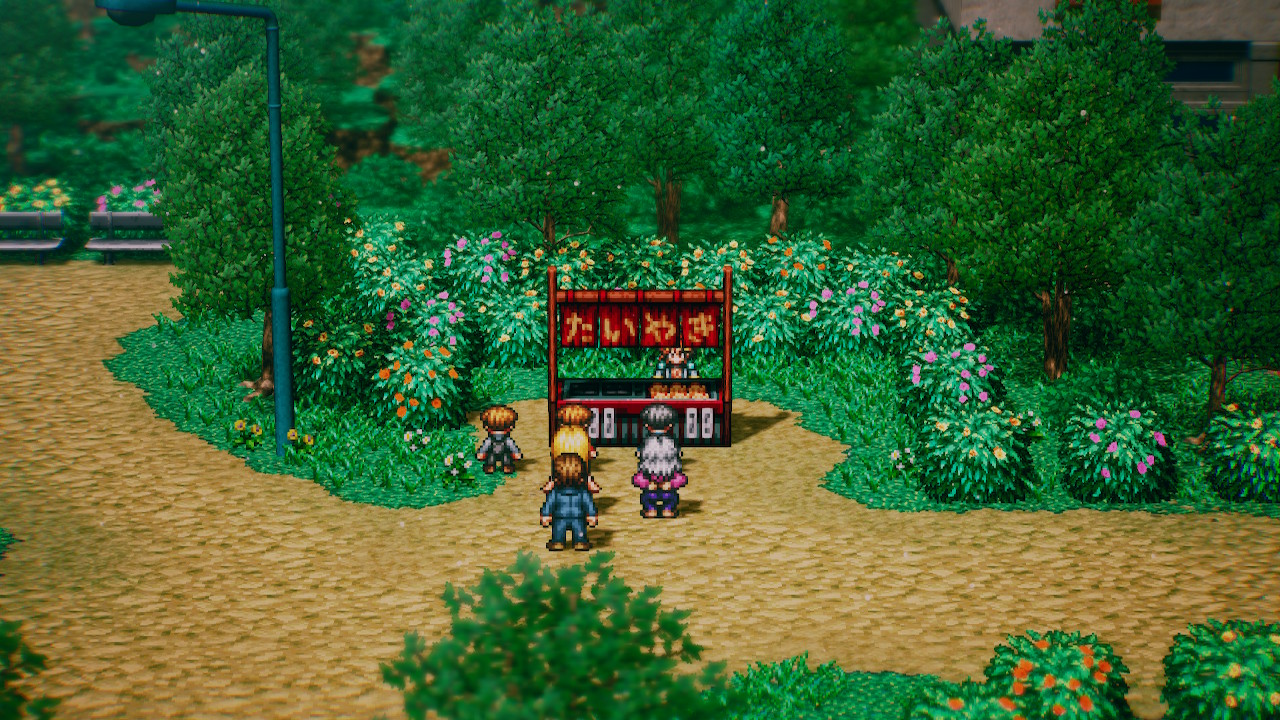
Additionally, there are some mechanics that either don't work as intended or are overall frustrating. The "recommended equipment" feature is broken — rarely does it provide the best equipment for your character, so I've had to manually set everything.
Another mechanic that's present in the finale is random encounters — believe it or not, this is not a mechanic in the rest of the game. This is, without a doubt, my least favorite feature of JRPGs, and I can't understand why the developers decided to include this in the best part of the game. I had to run away from encounters every other moment — it was exhausting.
That seems familiar? Oh but wait...is that? I’m confused
There are eight unique characters with each story spread throughout time, presumably on the same timeline as one another. It starts in the Prehistory era and ends in the Distant Future, at least chronologically, but you can play in whichever order you want. However, once you complete the first seven epochs, you’ll unlock the Middle Ages (I’ll get to that in a bit).
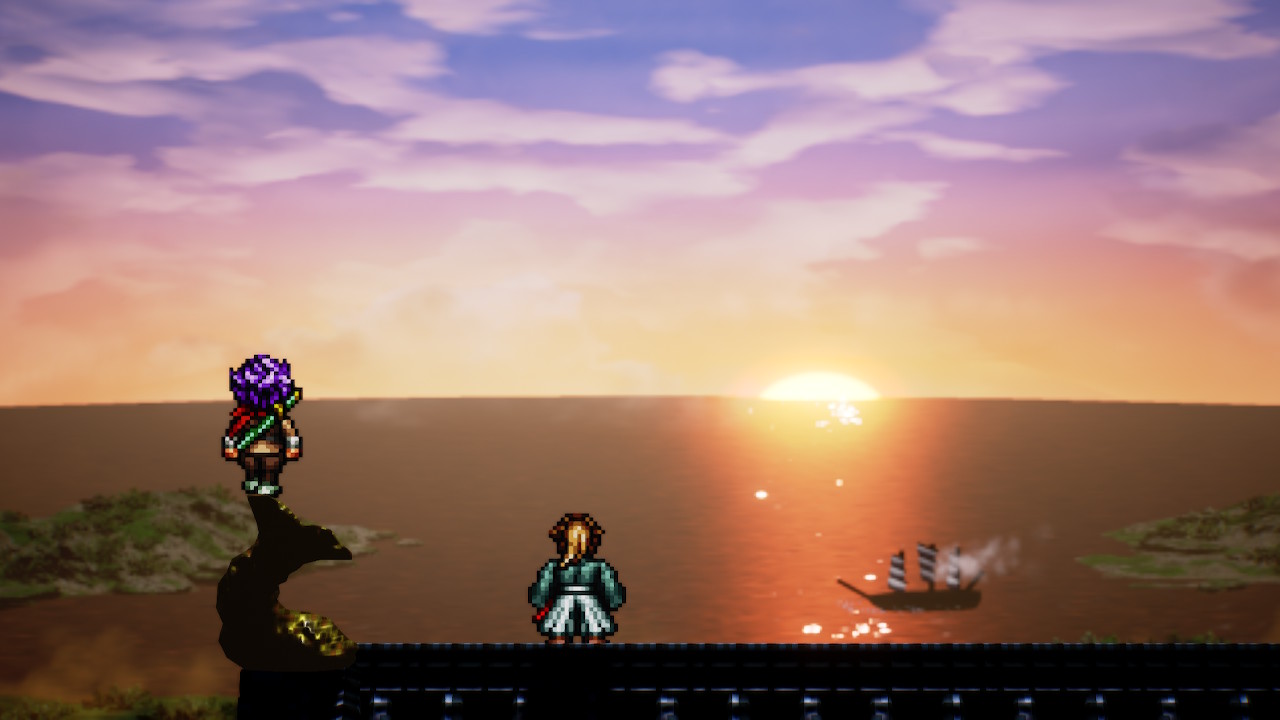
If this is your first playthrough of this game, don't worry about the order you play them in(seriously, they're not directly connected in any discernible way). Each story is separate from the overarching narrative. You might get some glimpses or hints of things featured in other arcs, but ultimately, these stories are meant to live on their own.
I started with Prehistory, which was a mistake because I found the story to be quite cringy. The characters don't speak any verbal dialogue. Instead, they grunt and images appear in the chat bubbles. I wasn't necessarily upset with the format, but more so the content. It involves a horny kid that wants to save a damsel in distress to get into her pants. Yes, I'm 100% serious. That's when I realized that Live A Live is very much a product of the 90s. (The developers even made changes, but somehow decided to keep this bit).
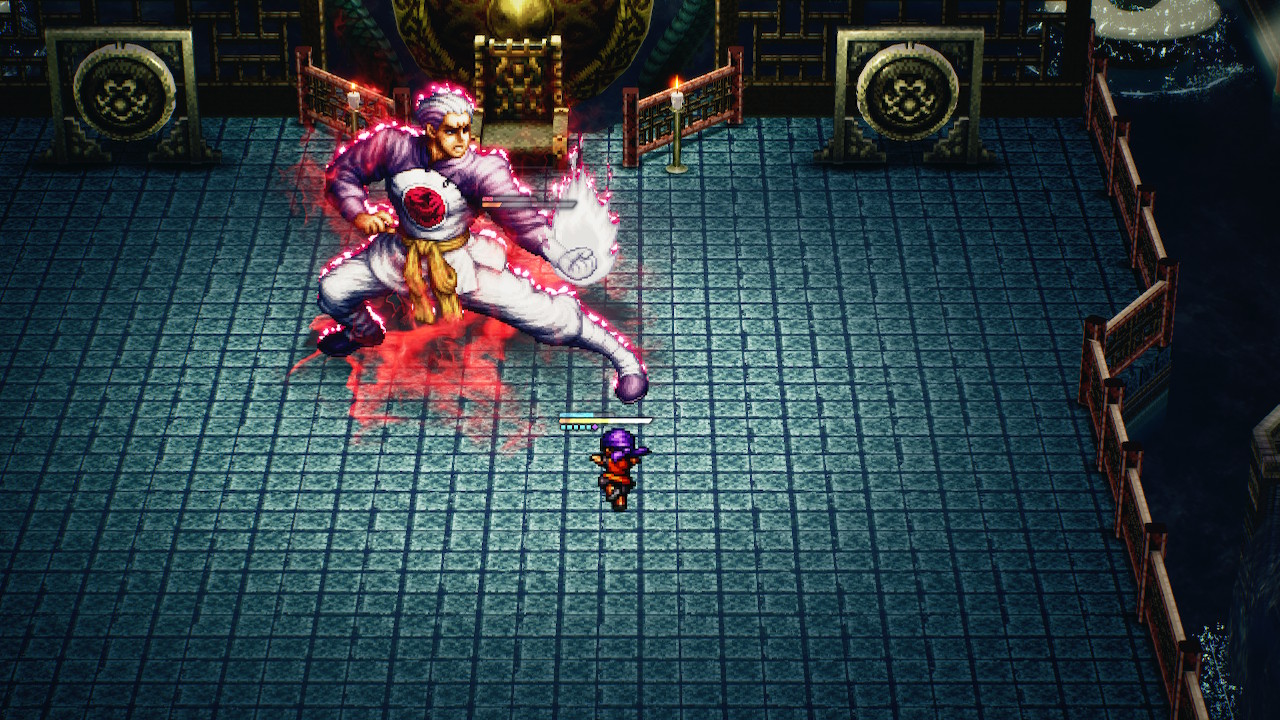
However, every other arc was rather enjoyable. My favorite is Distant Future, a space-thriller mystery. There's almost no combat, and it's heavily reliant on the dialogue and your inquisitive nature. It would've been cool to have to make some investigative choices, but the tone was very well done. There were some huge 2001: A Space Odyssey vibes.
Another highlight was the Near Future arc, which used a telepathy mechanic to serve the narrative. You could walk up to people and read their minds in order to figure out what they were thinking. It was an interesting way to deliver exposition and even pivotal plot information.
I enjoyed all of these short stories, but things didn't feel like they were coming together, and that left me a bit confused. There was a subtle reveal about the true antagonist of the entire game, spanning throughout eras. Then, I finished the game … or so I thought.
The Dominion of Hate
This is when I lost my shit (spoilers ahead). The Dominion of Hate is the very last chapter of Live A Live, a chapter I didn’t even expect to happen. This is where all of the characters are transported to the Middle Ages and summoned for a final battle against the Lord of Dark.
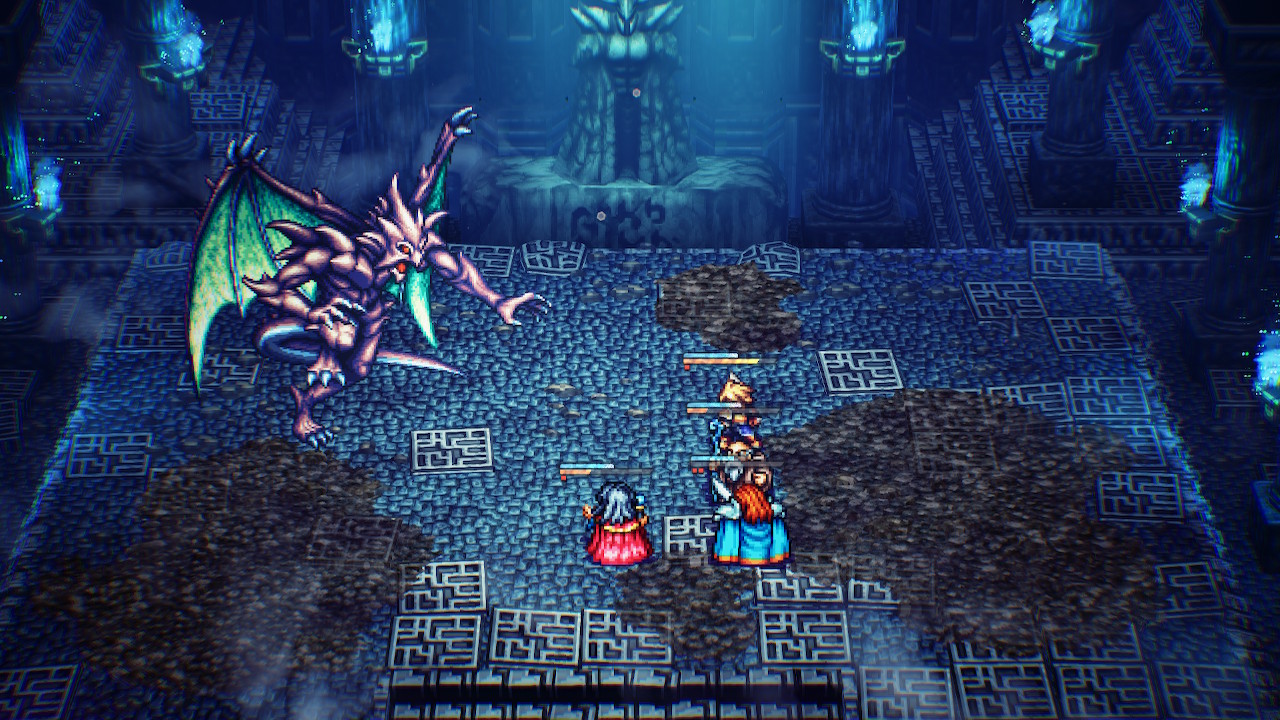
It took me roughly five or so hours to make my way through this chapter, traveling through the Middle Ages and completing each character’s trial in order to obtain their respective ultimate weapon. While short and sweet, the character interactions were fun. It would’ve been nice to have more, but there’s only so much that these unrelated characters could say to each other.
Once I gathered all of the characters and their weapons, I made my way to the Lord of Dark’s dungeon to put an end to this game once and for all. It was a long, hard fought battle against the King of Demons, but I slayed him. Then I was prompted with a choice — to fight or not. I chose to fight, assuming that choosing not to wouldn’t result in an actual choice (similar to the earlier parts of the game). However, in a silent battle, I landed the final blow on the antagonist. Then after the credits, there’s one line of dialogue that shook me: “the cycle continues…”
“What do you mean the cycle continues?” I asked myself as I mindlessly saved my game. When I looked it up, I discovered that I chose the bad ending. I was immensely frustrated, realizing I would have to continue that whole chapter over again. But then I checked my auto-save. “Yes!” I screamed, realizing the auto-save was intact, transporting me right before the final battle.
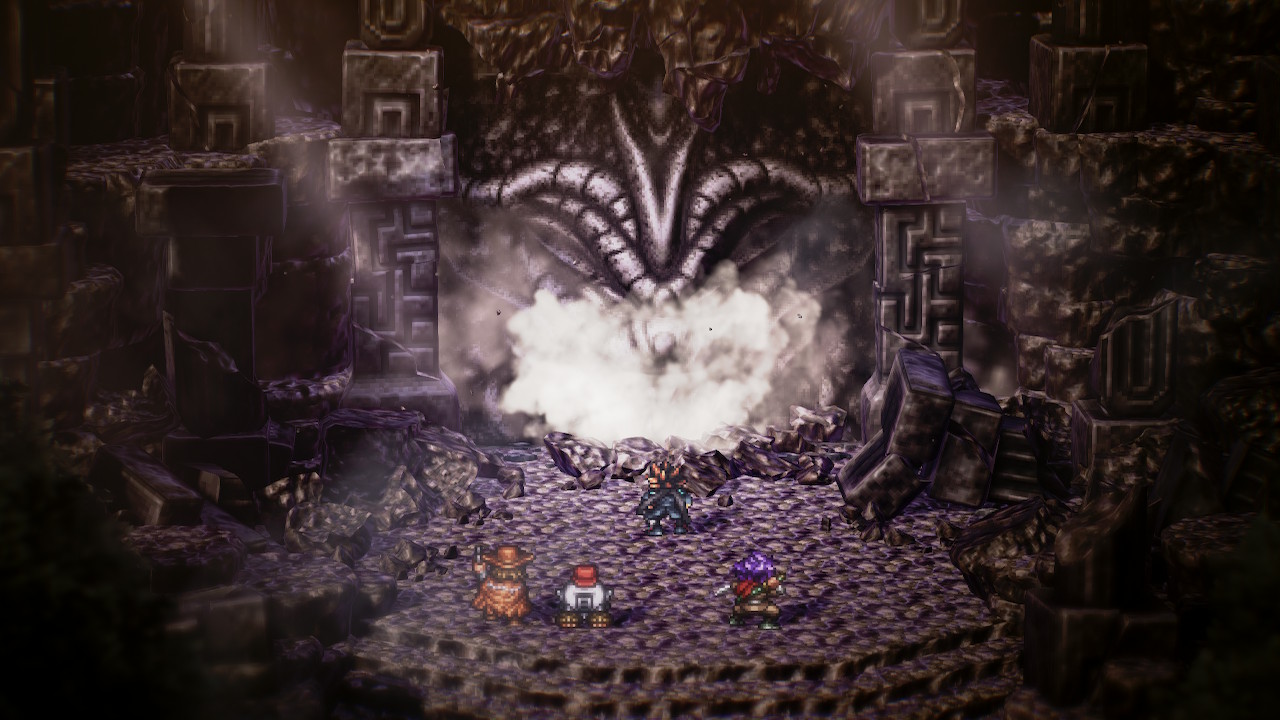
I fought, won again, then chose to spare the boss. I walked away, but when I got into the statue room, the final battle truly began. “You have to be fucking kidding me!” I exhaustedly yelled as a ridiculous boss rush of every final encounter in each scenario followed one another. Then I fought the Lord of Dark’s true form. It was chaotic, intense, and exhausting. At the end of the battle, the game let me land a final blow with each of my characters, even ones that hadn’t been there. They jumped in and battled. Finally, the antagonist freed himself from the Lord of Dark’s clutches, and as that character, I struck it down, freeing myself from corruption in the most dramatic and climatic scene that I ever had the ability to control.
What I loved about this last scenario is that Live A Live kept me in control of everything that was happening. Even if it was scripted at points, I landed those final blows, and I finished the game.
Bottom line
Live A Live probably isn’t for everyone, but if you love the JRPG genre and are looking for a shake up to its traditional formula, this game is for you. It’s not perfect, and I have issues with some of the content, art, and mechanics. But as an overall package, Live A Live is an essential experience.
Games like Live A Live that challenge the medium come around only once in a while. It’s almost antithetical to a traditional JRPG, which is probably why it didn’t sell well during its 1994 launch and was considered a failure compared to Square Enix’s Final Fantasy releases.
But the Nintendo Switch version is getting tons of love, and rightly so. I didn’t understand the adoration until the final act, and now Live A Live is one of my favorite games.

Rami Tabari is the Reviews Editor for Laptop Mag. He reviews every shape and form of a laptop as well as all sorts of cool tech. You can find him sitting at his desk surrounded by a hoarder's dream of laptops, and when he navigates his way out to civilization, you can catch him watching really bad anime or playing some kind of painfully difficult game. He’s the best at every game and he just doesn’t lose. That’s why you’ll occasionally catch his byline attached to the latest Souls-like challenge.
